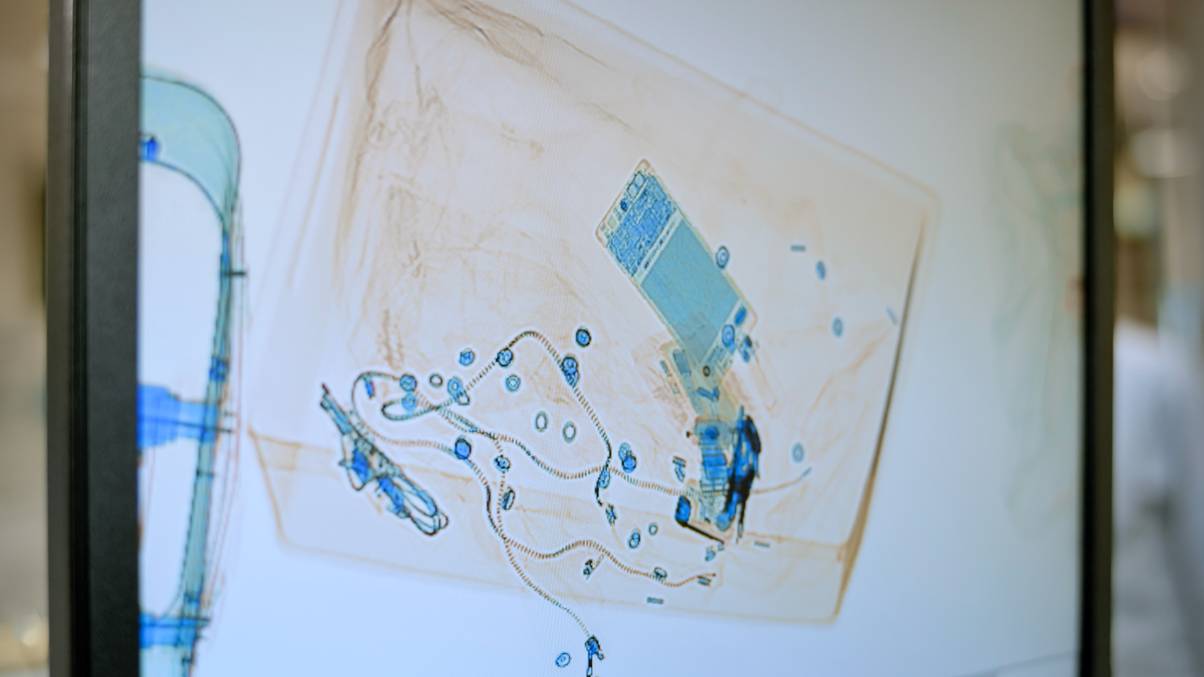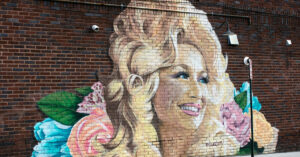“Unveiling the Crown: The Surprising Truth Behind a Medieval Monarch’s Real Power!”
…Of course, there would be some hiccups, and John himself would almost immediately renegue on his word, begging Pope Innocent III for help – forgetting that the Pontiff had excommunicated him a few years earlier!
In any event, despite all this, the signature of the Magna Carta was a great victory for the barons and set the template for constitutional monarchy. But we should not be swayed into thinking that before 1215 England monarchs held absolute, tyrannical powers. John and the Angevins were more the exception than the rule, and even during their Pre-Carta reigns, they had to keep their despotic tendencies in check.
As to why, it’s important to understand where these individuals derived their powers and what their job was. Specifically, their job description included: governing and administering their kingdom; protecting it from external and internal threats; issuing laws; and ensuring justice was served. To perform these duties, they could, and did, levy taxes on their subjects.
But the legitimacy of their position depended on four sources of power:
First, their subjects. Monarchs needed to be recognised as such, and to be supported by their subjects. As most of their subjects were virtually powerless, in practice this meant that Kings and Queens needed the support of the clergy and the landowners – especially aristocratic landowners, who were also the major providers of military power.
Second, their ancestry. A monarch had to be the direct heir of a previous ruler, or the spouse of an heir.












